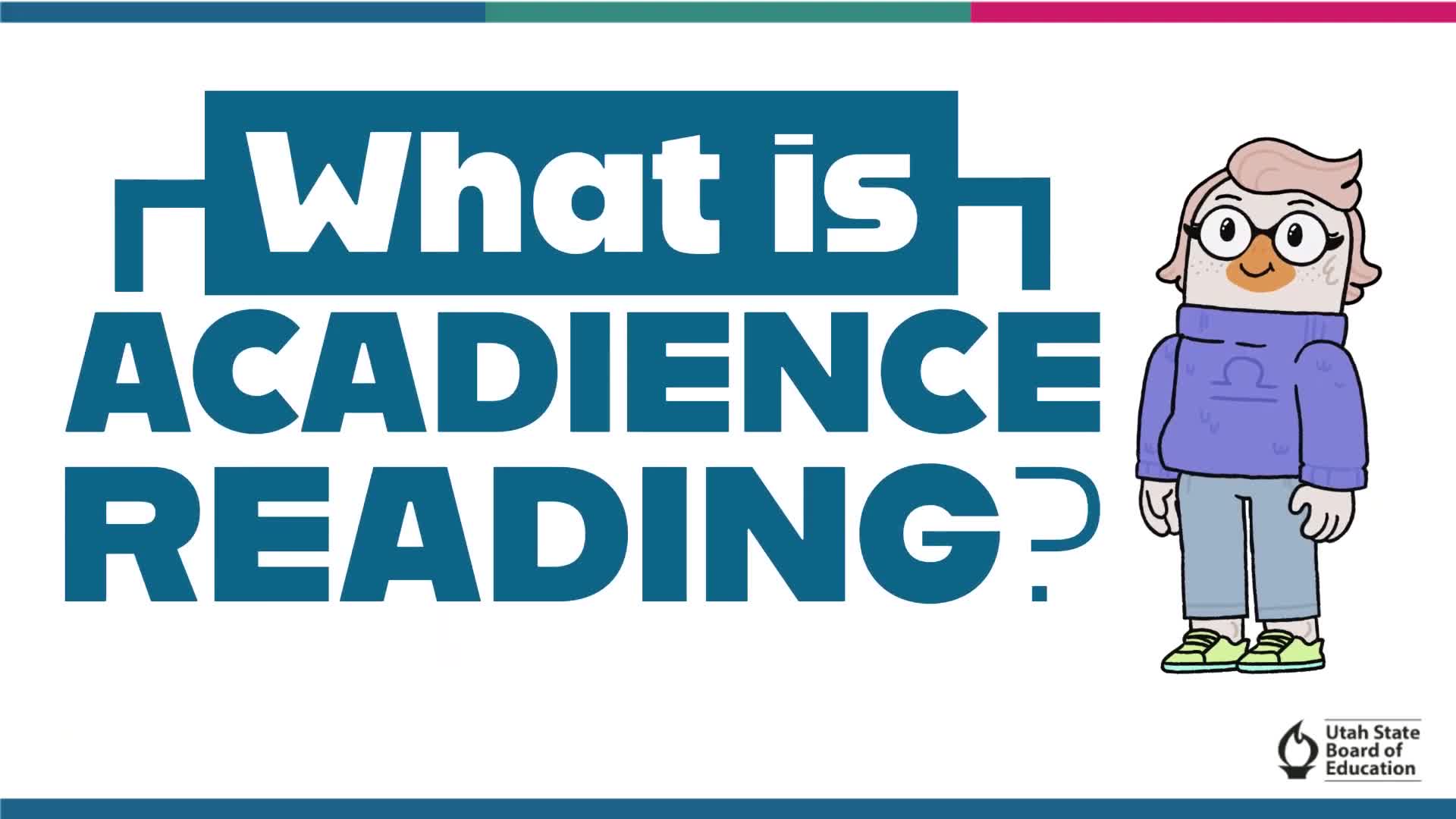Teachers Use Acadience Reading Checkups to Monitor Student Skills and Progress
October 02, 2025 | Utah State Board of Education, Utah Government Divisions, Utah Legislative Branch, Utah
This article was created by AI summarizing key points discussed. AI makes mistakes, so for full details and context, please refer to the video of the full meeting. Please report any errors so we can fix them. Report an error »

During a recent meeting held by the Utah State Board of Education (USBE), educators discussed the vital role of Acadience Reading in assessing students' reading skills from kindergarten through sixth grade. This tool serves as a proactive measure, allowing teachers to identify and address reading challenges early on, ensuring that students receive the necessary support to become confident readers.
Acadience Reading is likened to a health checkup, consisting of a series of brief, one-on-one activities rather than a daunting test. These assessments focus on various essential reading skills, such as phoneme segmentation and oral reading fluency. For instance, teachers may ask students to identify the first sound in a word or read a short passage aloud to gauge their reading accuracy and comprehension.
The results from these assessments provide teachers with benchmark scores that indicate each child's reading level. The scores are categorized into four performance levels, represented by colors: "above benchmark," "at benchmark," "below benchmark," and "well below benchmark." This color-coded system helps educators quickly identify which students are on track and which may require additional support.
Following the assessments, teachers develop personalized support plans for students who need extra help. This process is dynamic, involving regular check-ins to monitor progress and adjust strategies as needed. The goal is to create a continuous loop of support that fosters improvement and success in reading.
The meeting emphasized that Acadience Reading is not merely a testing tool but a collaborative effort involving teachers, students, and parents. By understanding where each child stands in their reading journey, educators can effectively guide them toward achieving their reading goals. This partnership is crucial in ensuring that every child has the opportunity to thrive as a reader.
Acadience Reading is likened to a health checkup, consisting of a series of brief, one-on-one activities rather than a daunting test. These assessments focus on various essential reading skills, such as phoneme segmentation and oral reading fluency. For instance, teachers may ask students to identify the first sound in a word or read a short passage aloud to gauge their reading accuracy and comprehension.
The results from these assessments provide teachers with benchmark scores that indicate each child's reading level. The scores are categorized into four performance levels, represented by colors: "above benchmark," "at benchmark," "below benchmark," and "well below benchmark." This color-coded system helps educators quickly identify which students are on track and which may require additional support.
Following the assessments, teachers develop personalized support plans for students who need extra help. This process is dynamic, involving regular check-ins to monitor progress and adjust strategies as needed. The goal is to create a continuous loop of support that fosters improvement and success in reading.
The meeting emphasized that Acadience Reading is not merely a testing tool but a collaborative effort involving teachers, students, and parents. By understanding where each child stands in their reading journey, educators can effectively guide them toward achieving their reading goals. This partnership is crucial in ensuring that every child has the opportunity to thrive as a reader.
View full meeting
This article is based on a recent meeting—watch the full video and explore the complete transcript for deeper insights into the discussion.
View full meeting

